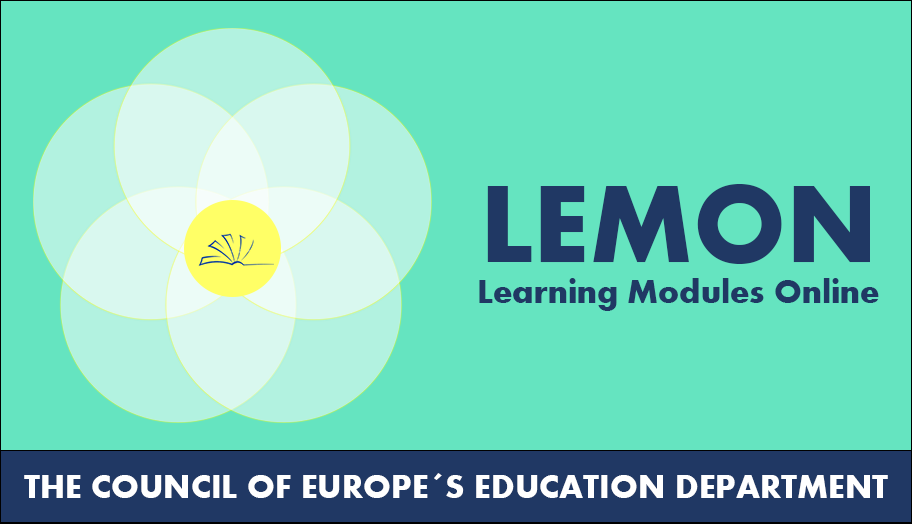This four-part resource encourages people to think about, and learn from, the intercultural encounters they have experienced, face to face or through visual media. As such, it is a tool that offers insights into, and can be used to develop, the intercultural competence.
The Autobiography is formed by a series of questions and prompts carefully designed to guide the learner’s reflections of an encounter with someone from another cultural group. It provides the learner with a structure to analyse the event and consider what they learnt from the encounter.
The complete English version of the resource can be found here. It is also available in French, Italian, Polish, Spanish and Russian - found through the language menu located in the top-right-hand corner.
The resource comes in two versions. One designed to be used by older learners and adults while the second version is intended for Young Learners, children who need help from an adult in reading, writing and in thinking about their encounter.
Another version of this resource "Images of others" adds the element of intercultural encounters through visual media, due to the fact that this has become an integral part of everyday life. Through this resource, learners react in a more reflective way. This tool also comes in different languages. The English version can be found here.
The website also offers an online self-study course for educators and youth workers who would like some guidance in working with the Autobiography of Intercultural Encounters. The course contains activities based on the key concepts and theory underpinning the resource in order to help teachers, teacher trainers and youth workers explore the potential of this pedagogical tool for learning through personal reflection of intercultural experience. The online self-study course can be found here.
This resource can be used in a number of ways, depending on the learner's needs. Practitioners have reported that they have used it to: encourage positive interest in other people, develop habits of self-reflection, help people manage multiple identities and so on.
Practitioners can use the resource on a number of occasions, depending on the class’ needs and purpose. It can be used at regular intervals, such as after a school holiday, to record the development of intercultural awareness and skills; it can be used to coincide with a particular event being organised for learners; or in a responsive way where learners are asked to reflect on an unexpected encounter or unforeseen incident.
Click here to access this resource
To cite this resource: Council of Europe (nd). Autobiography of Intercultural Encounters. Council of Europe.




